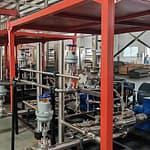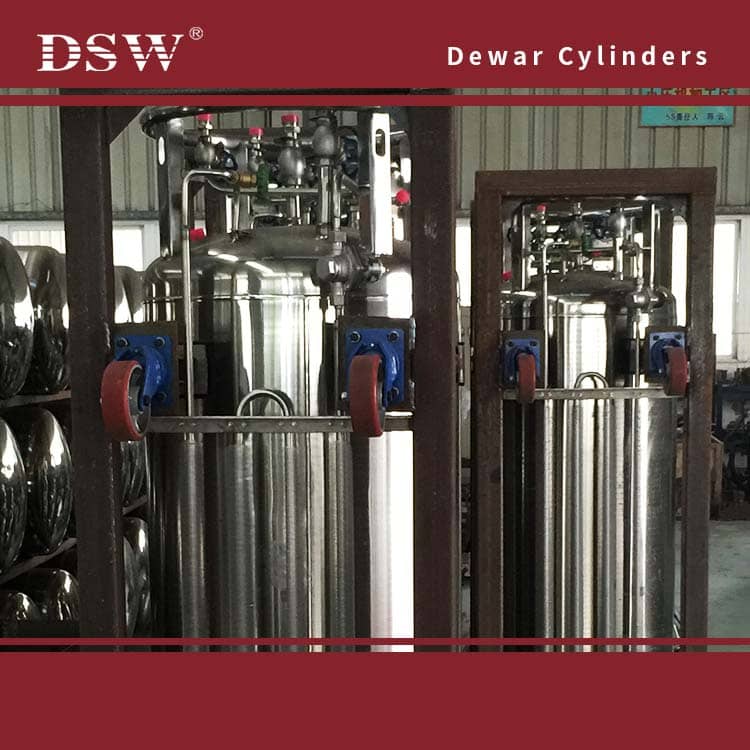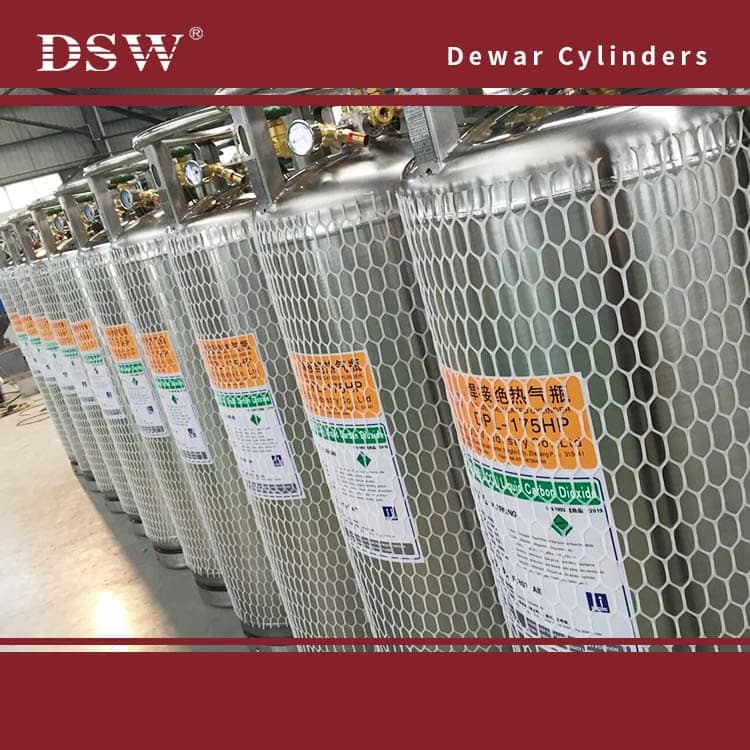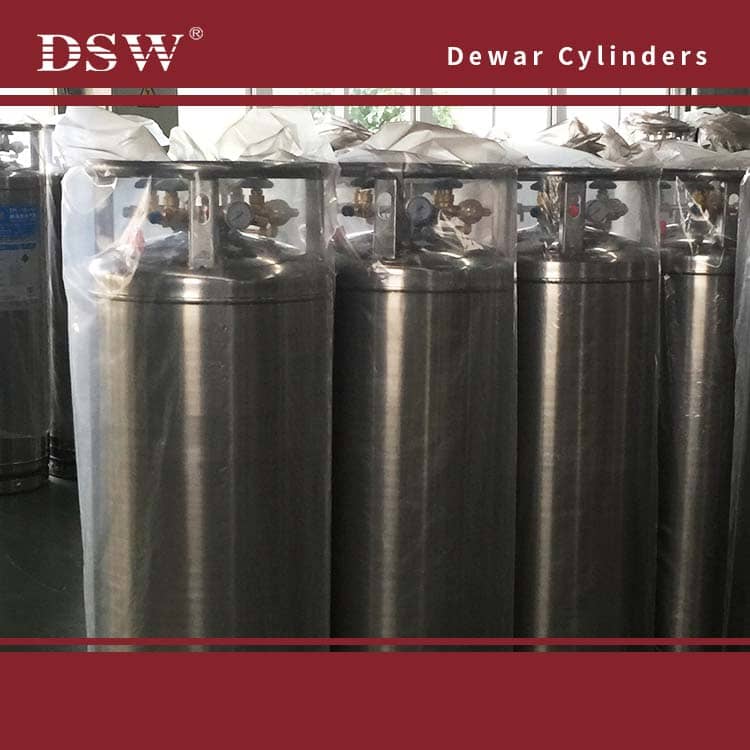Cryogenic containers
Welded insulated containers suit liquid helium, liquid nitrogen, liquid hydrogen, oxygen, pressurized and atmospheric argon, neon gas/LNG/krypton, and xenon gases.
Storage and transportation equipment, dewar flasks, and dewars for superconducting magnet research are also readily available.
Custom dewars can also be manufactured according to customer specifications, meeting ASME/DOT/ANSI/IATA/ADR & FDA standards.
cryo storage containers size chart

cryogenic storage containers-manufacturing processing

What is Cryogenics?
Cryogens like liquid nitrogen are used for specialty chilling and freezing applications.
Special cryogenic chemical reactors remove reaction heat and provide a low-temperature environment.
Cryogenic processing is not a substitute for heat treatment but rather an extension of the heating–quenching—trimming cycle. Usually, when an item is satisfied, the final temperature is ambient.
The cryogenic process continues from ambient temperature to −320 °F (140 °R; 78 K; −196 °C).

Applications of Welded-Insulated Containers
Medical and Healthcare:
They are used to store and transport liquid oxygen and nitrogen for medical purposes, such as in hospitals and laboratories.
Industrial:
It is employed in various industrial processes that require cryogenic gases, including welding, cutting, and heat treatment.
Food and Beverage:
They are used for preserving and transporting food items at low temperatures and for carbonation and refrigeration processes.
Research and Development:
It is essential in laboratories and research facilities for experiments that require cryogenic temperatures.
Energy Sector:
Used to store and transport liquefied natural gas (LNG), a crucial fuel source in the energy industry.
 ‘
‘
Inspection guarantee of welded Insulated container:
The relevant welding seams will be subject to 100% RT non-destructive testing and penetrant testing (PT) according to the technological requirements of storage tank production.
High-purity nitrogen (up to 99.999%) will be used for strength testing.
Finally, advanced helium mass spectrometer leak detectors (with precision up to 2×10-9Pa.L/s) will be used to conduct Helium mass spectrometer leak detection.
The inner containers of the storage tanks will be passivated by overall pickling to meet the cleanliness requirements for dangerous goods.
Imported ultraviolet black light lamps will ensure no oil stains and other organic impurities in the inner containers.
After cleaning, the inner and outer containers will be assembled in less than 2.5 hours.
After assembling, the inner containers and interlayers will be filled with nitrogen to protect them from dust and organic impurities and ensure cleanliness.
The inner and outer surfaces of the outer containers will be subject to overall sandblasting treatment to meet the requirements of the Sa-2.5 standard.
When the surfaces of steel plates show a metallic color, a vacuum cleaner will suck off the dust adhered to the surface to ensure the vacuum degree in the interlayer further.
Special high-quality perlite is used as the insulation material in the interlayer.
The perlite will be treated using our company’s unique process before being in the interlayer.
After manufacturing, all the internal cylinders of the welded Insulated container will be subject to gas-tight and pressure performance tests.
The internal and outer cylinders will be subject to rigorous Helium mass spectrum leak detection.
After the production, all the pipe openings will be opened to carry out nitrogen purging and replacement to meet the oxygen usage standard.
After this, all the pipelines and valves will be sealed, and the tanks will be filled with 0.2MPa high-purity nitrogen to protect the tanks.
















